In the realm of concrete production, the choice between dry and wet mix plants marks a pivotal decision, each offering unique advantages and applications. Understanding these differences is crucial for efficient and effective concrete production in construction projects.
Distinguishing Characteristics
1. Mixing Process
Dry Mix Plants
Dry mix plants employ the process of combining pre-determined proportions of aggregates and additives without water. The mixture is then transported to the construction site where water is added, typically using a transit mixer.
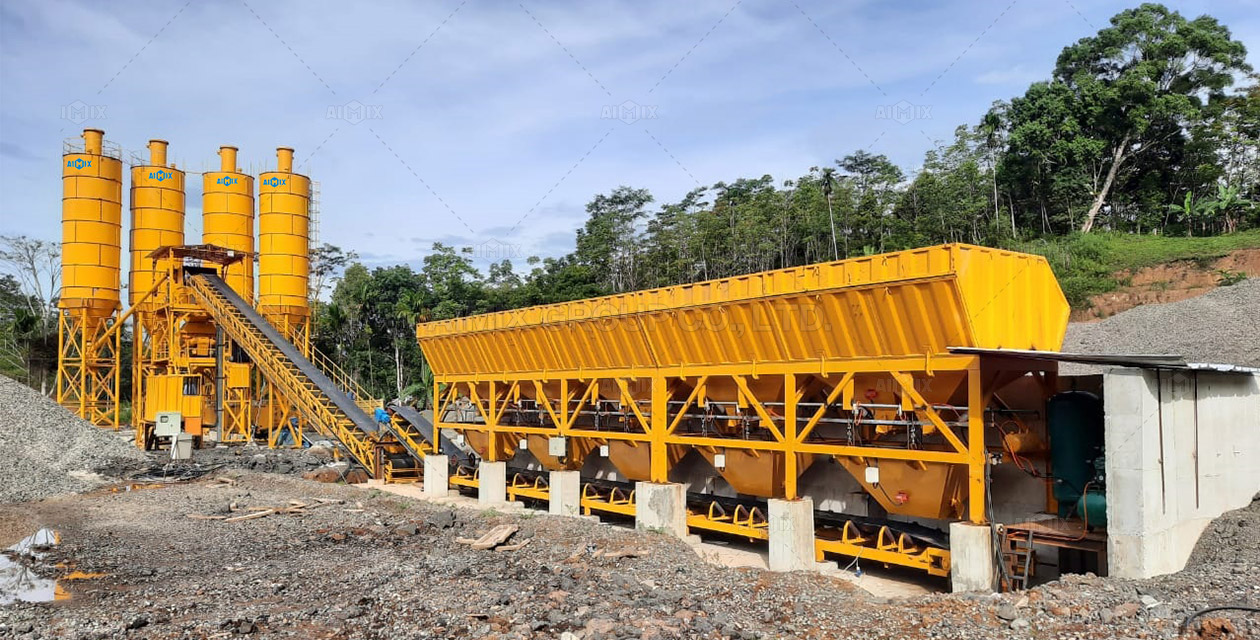
Wet Mix Plants
Wet mix plants involve the mixing of aggregates, cement, water, and additives in a central mixer unit at the wet mix plant. The prepared mix is directly transported to the construction site for immediate use.
2. Consistency and Quality
Dry Mix Plants
Dry mix plants often yield a more consistent mix due to the precision in measuring and controlling the ingredients separately. However, uniform water distribution can be a challenge, impacting consistency.
Wet Mix Plants
Wet mix plants tend to provide better homogeneity as all components are mixed together thoroughly at the plant, ensuring a consistent mixture with optimal hydration.
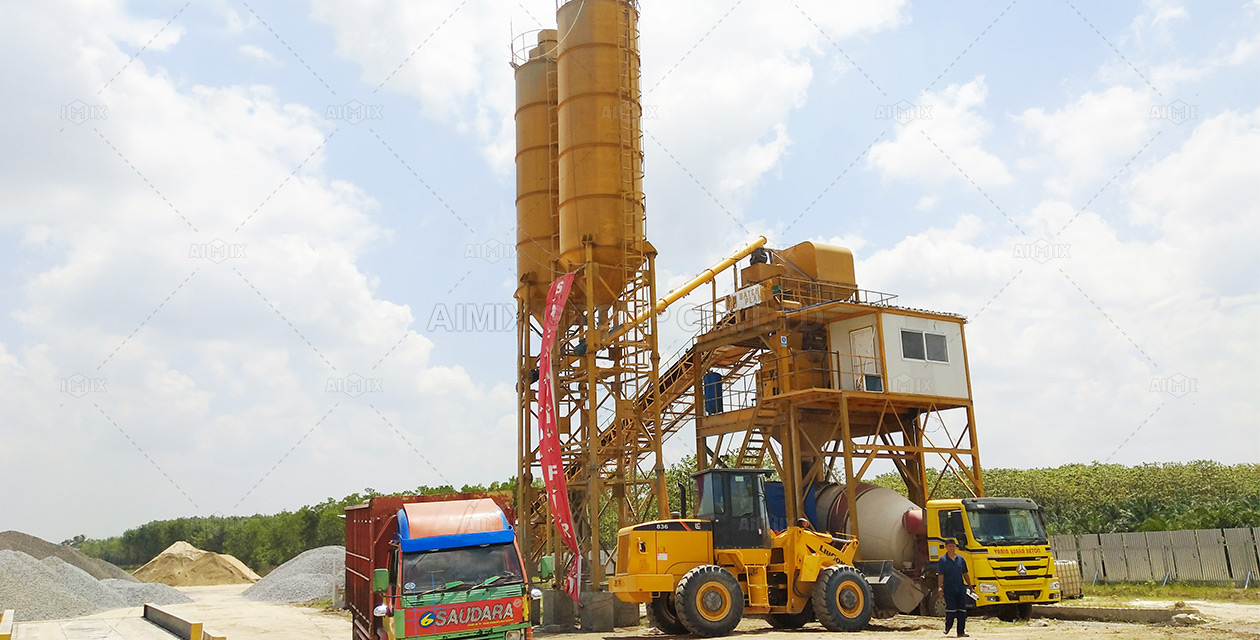
Advantages and Disadvantages
1. Advantages of Dry Mix Plants
Reduced initial setup costs as no water storage or mixing units are required.
Flexibility in adjusting mix designs onsite by varying water content.
Less susceptibility to concrete hydration issues during transportation.
More information about their advantages can be checked here: https://aimixgroup.com/.
2. Disadvantages of Dry Mix Plants
Potential for dust pollution due to dry handling of materials.
Mixing efficiency can be affected by variations in water content added onsite.
Longer mixing time required at the construction site, impacting project timelines.
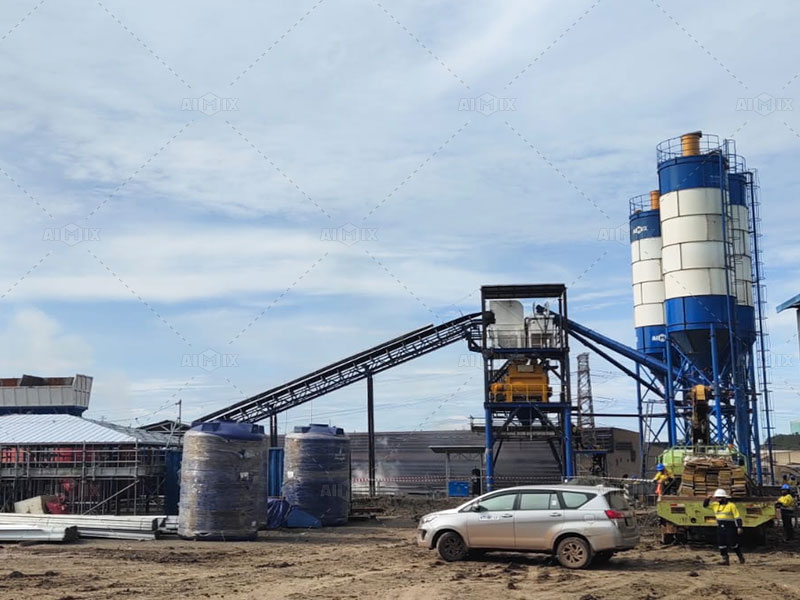
3. Advantages of Wet Mix Plants
Better control over mix consistency and quality.
Immediate utilization of the prepared mix at the construction site, minimizing delays.
Reduced dust emissions due to mixing in a controlled environment.
4. Disadvantages of Wet Mix Plants
Higher initial investment due to the need for central mixing units and water storage.
Limited flexibility in altering mix designs onsite once prepared at the small portable concrete batch plant.
Possibility of water evaporation affecting the mix’s properties during transit.
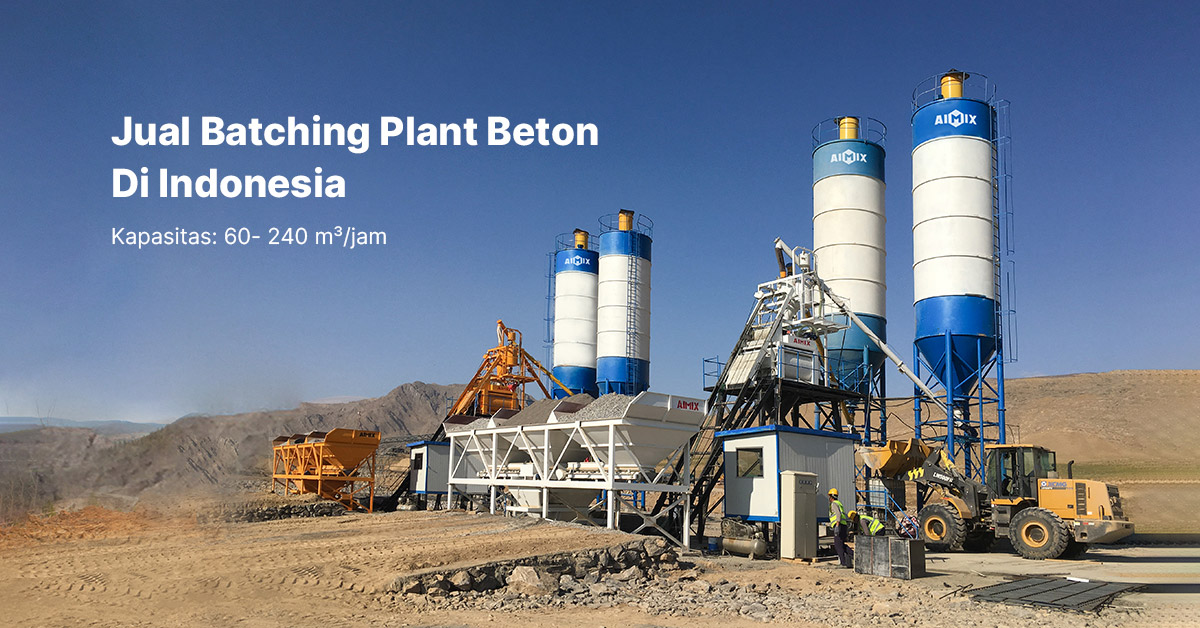
Choosing the Ideal Mix Plant
1. Project Requirements
Assess the project’s specifications regarding concrete volume, quality standards, and timeline.
2. Cost Considerations
Evaluate the initial investment and long-term operational costs associated with both types of plants. You can make a budget besides concrete batch plant price.
3. Environmental Impact
Consider environmental factors such as dust emissions, water usage, and overall sustainability.
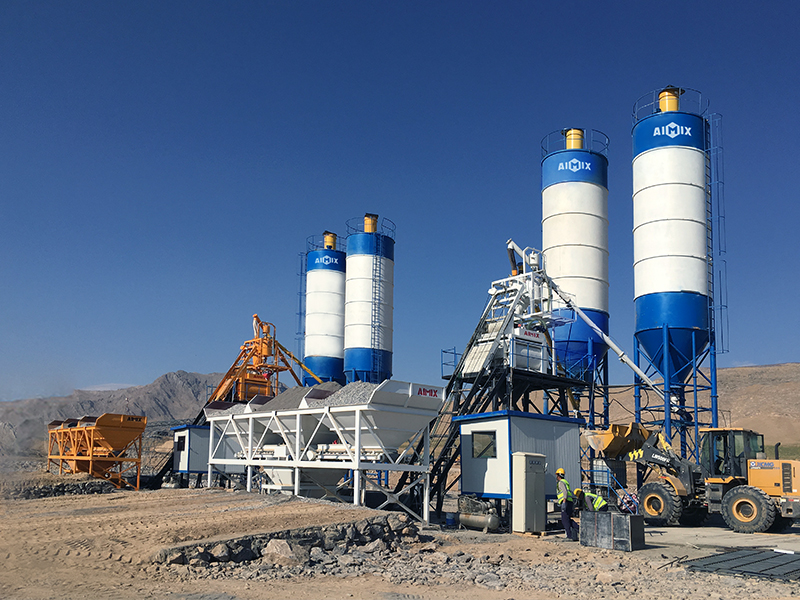
4. Operational Efficiency
Analyze factors impacting efficiency, including transportation logistics and on-site mixing requirements.
The choice between dry and wet mix plants hinges on a thorough evaluation of project requirements, cost considerations, and operational efficiencies. Both have their distinct advantages and limitations, and the selection should align with the specific needs of the construction project, ensuring optimal concrete production and quality.